MONDAY MORNING DEBRIEF: How Red Bull’s unique strategy helped seal their dominant 1-2 in Bahrain

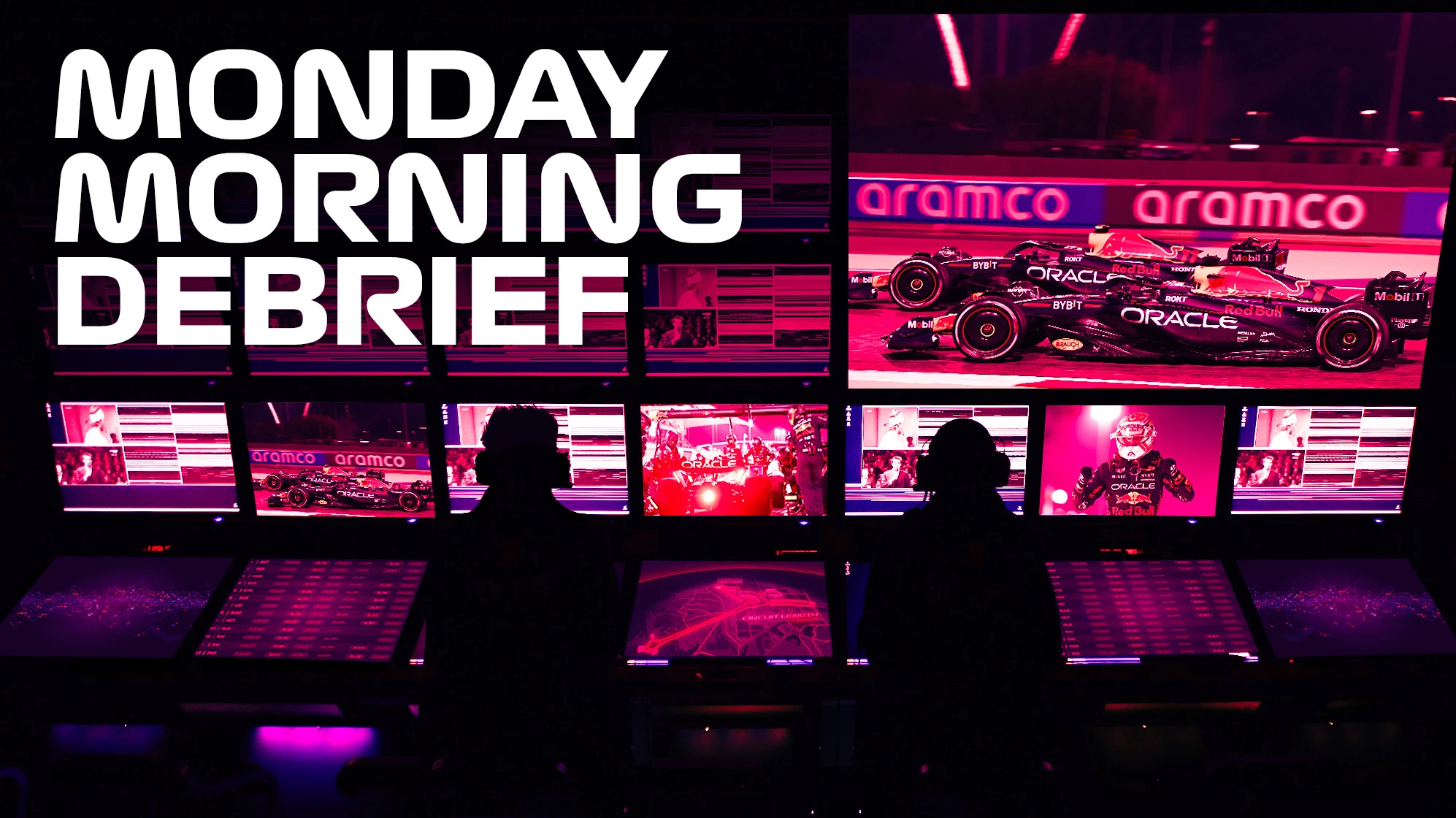
Such was Red Bull’s performance superiority in Bahrain they could have won the race almost regardless of tyre strategy. However, the Red Bull RB19’s ability to be relatively gentle on the soft C3 tyre allowed it a better tyre strategy than its rivals, which only increased its advantage.
Ferrari, Aston Martin and Mercedes all ran the two-stop race with a soft/hard/hard combination. Their judgement from the practices – and testing the previous week – was that if they used the faster soft tyre for two stints, they would need to conserve the pace so much to get the stint lengths required for a two-stop (rather than a three) that it would be slower than doing two stints on the C1 hard.
Next Up
Related Articles
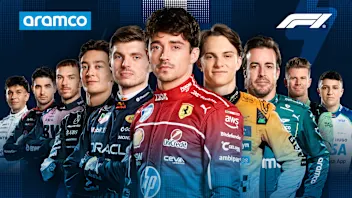 Power RankingsWho did our judges rank as the best F1 driver of 2025?
Power RankingsWho did our judges rank as the best F1 driver of 2025?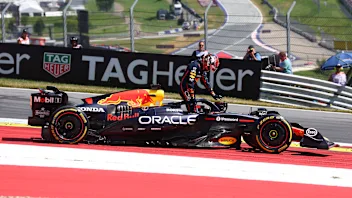 ‘I hated this car at times’ – Verstappen on his 2025 season
‘I hated this car at times’ – Verstappen on his 2025 season Verstappen confirms new number for 2026 season
Verstappen confirms new number for 2026 season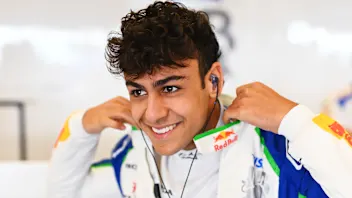 Lindblad's car number confirmed for rookie season
Lindblad's car number confirmed for rookie season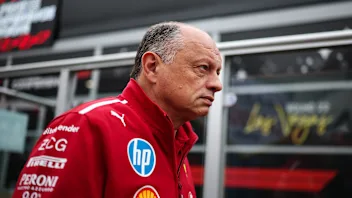 Vasseur says he misjudged impact of switching focus to 2026
Vasseur says he misjudged impact of switching focus to 2026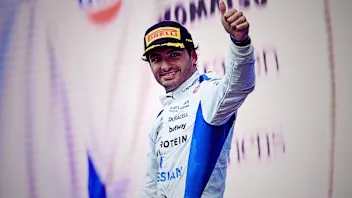 ExclusiveWhy Sainz feels ‘vindicated’ after his first Williams year
ExclusiveWhy Sainz feels ‘vindicated’ after his first Williams year
